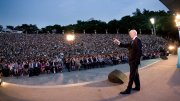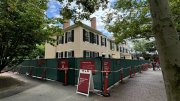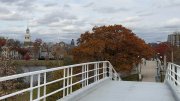Sarah Lewis ’01 remembers being approached by painter Jacob Lawrence while on a family visit to the Museum of Modern Art in New York. “I was very young—tiny—and I remember him breaking away from whatever storied crowd was around him, just to say hi to this African-American family in the museum.” Lewis’s parents weren’t artists themselves, but “They made sure I understood the importance of African-American culture.” Now assistant professor of history of art and architecture and African American studies, Lewis grew up with interests in painting, photography, and dance, thinking she’d continue them at the College. Instead, she was drawn to the social and political dimensions of the arts. Her clarity of thought on race in the arts has earned her public recognition rare for her field. In her course “Vision and Justice,” students look at daguerreotypes commissioned by Harvard naturalist Louis Agassiz, who attempted to prove different races were descended from different lineages. “The categories of race and citizenship are deeply tied to the category of aesthetics,” Lewis explains. “These were photographs that were instrumentalized for racial science.” While working on her Ph.D. at Yale, she came upon a previously unstudied speech by Frederick Douglass, who lived during the birth of both racial science and photography. Douglass anticipated the power of that new medium not just to dehumanize, but also to “read African Americans back into the human family,” Lewis argues with arresting precision, her self-possession mirroring Douglass’s own. This was why he became the most photographed American man of the nineteenth century: “Not the most photographed African-American man—the most photographed American man.”
Harvard Portrait: Sarah Lewis
Harvard Portrait: Sarah Lewis
An art historian on race and photography
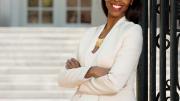
Sarah Lewis
Photograph by Stu Rosner
You might also like
Five Questions with Andrew Knoll
A paleontologist on how to understand Earth’s biggest extinction event
Harvard Professor Michael Sandel Wins Philosophy’s Berggruen Prize
The creator of the popular ‘Justice’ course receives a $1 million award.
Harvard Economist Wolfram Schlenker Is Tackling Climate Change
How extreme heat affects our land—and our food supply
Most popular
Explore More From Current Issue

Harvard Economist Wolfram Schlenker Is Tackling Climate Change
How extreme heat affects our land—and our food supply
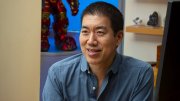
This Harvard Scientist Is Changing the Future of Genetic Diseases
David Liu has pioneered breakthroughs in gene editing, creating new therapies that may lead to cures.
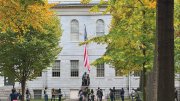
A Changed Harvard Faces the Future
After a tense summer—and with no Trump settlement in sight—the University continues to adapt.

